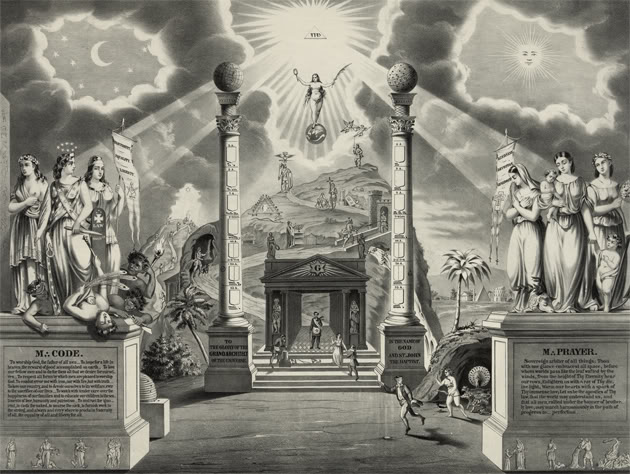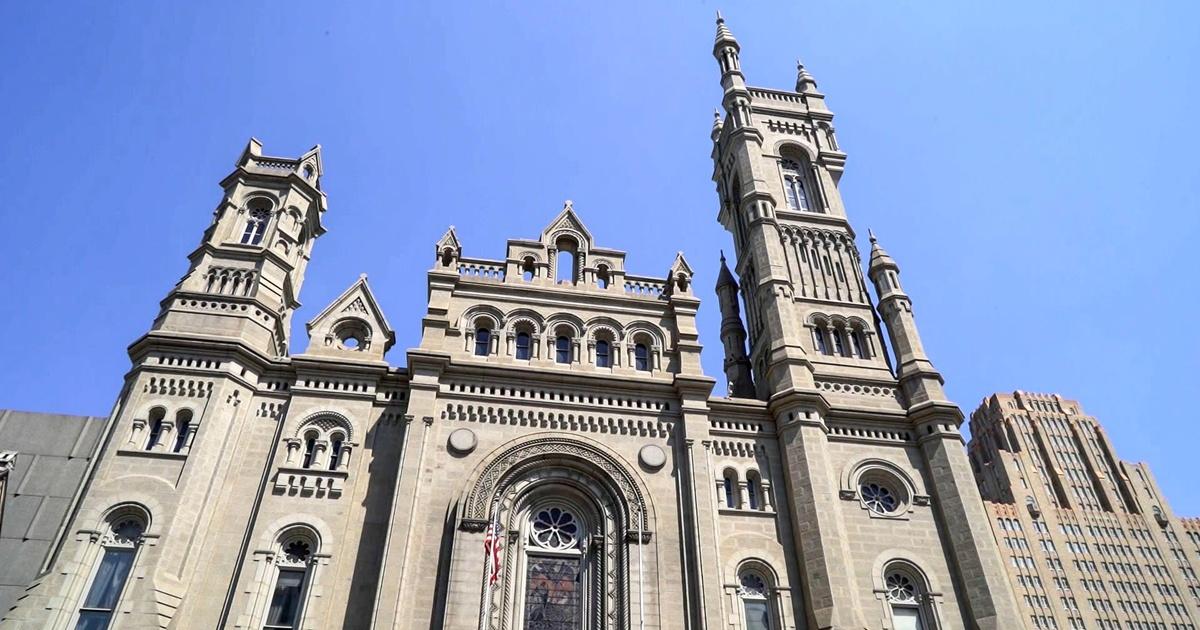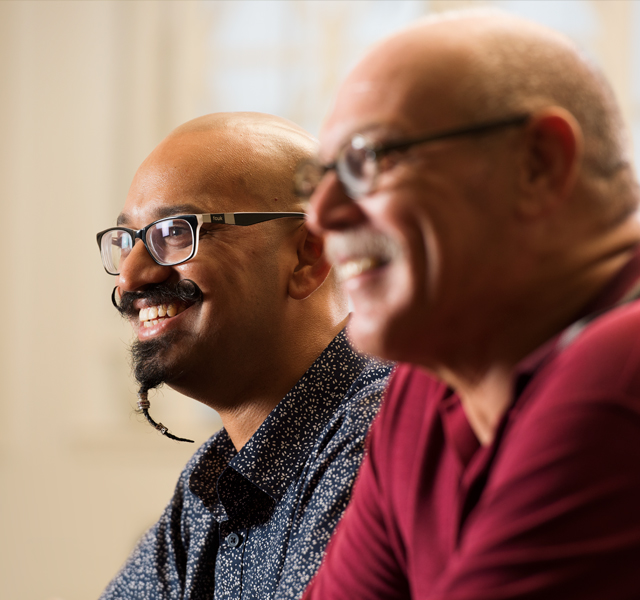The Best Guide to Understanding How to Become a Freemason Easily
The Best Guide to Understanding How to Become a Freemason Easily
Blog Article
Discovering the Mysteries of the copyright: What You Need to Know
The copyright, a term typically shrouded in intrigue and conflict, represents an intricate tapestry of historical truth and modern-day misconception. Developed in the late 18th century, this secret culture was initially rooted in the Enlightenment's ideals but has because come to be associated with conspiracy theories concerning elite control. As we navigate the origins, essential figures, and the plain comparison between myth and fact, one have to consider exactly how these stories affect modern understandings of power and secrecy. What may be exposed through a better examination of these aspects could test long-held presumptions concerning the shadows that stick around in our society.
Origins of the copyright
The beginnings of the copyright are soaked in a mix of historic intrigue and ideological eagerness. Developed in 1776 in Ingolstadt, Bavaria, by Adam Weishaupt, the group was initially formed as a secret society targeted at promoting Knowledge perfects such as factor, secularism, and the separation of church and state. join freemason. Weishaupt, a teacher of canon law, sought to test the prevailing authority of the church and state, which he deemed oppressive organizations stifling intellectual and individual flexibility
The copyright looked for to hire prominent members from different social sectors, consisting of politics, academic community, and the arts, to promote a network committed to these Knowledge concepts. The culture operated under a veil of secrecy, using coded language and routines to safeguard its members from persecution, specifically provided the repressive climate of the moment. The copyright faced significant resistance from both governmental authorities and religious institutions, which watched the team as a threat to their power.
Key Figures and Participants
That were the crucial numbers that shaped the copyright's early impact and direction? The Bavarian copyright, founded in 1776 by Adam Weishaupt, arised as an action to the oppressive societal structures of the time.
An additional significant number was Johann Gottlieb Fichte, a prominent philosopher whose concepts on nationalism and education and learning reverberated with the copyright's objectives. Fichte was not a formal participant, his thoughtful underpinnings affected the group's ideology. Furthermore, numbers like the author and theorist Johann Wolfgang von Goethe were connected with the wider intellectual movements of the time, although their direct participation with the copyright stays disputed.
These vital numbers added to the copyright's early instructions, pushing the borders of political and social idea, while their collective efforts intended to challenge well-known norms and foster a climate of progressive adjustment in Europe. (join freemason)
Misconceptions vs. Truth
Several misconceptions surround the copyright, often mixing reality with fiction in such a way that covers its real nature. This secret culture, initially started in 1776 in Bavaria, aimed to advertise Knowledge perfects and battle spiritual and political oppression. The concept that the copyright remains to exert substantial impact over globe occasions is a misconception. While the team did exist, it was disbanded in the This Site late 18th century and has not operated as a natural entity because then.
An additional prevalent misconception is that the copyright consists of a network of elite people controling international events. In truth, many conspiracy theory theories exaggerate the team's importance, connecting unproven motives to social patterns and events. This has caused an oversimplified sight of complicated problems.
In addition, the representation of the copyright in popular society frequently further distorts its heritage. Movies and literary works often tend to sensationalize the company's role, creating a narrative that diverges from historic facts. Comprehending the difference in between the myths and the fact of the copyright is vital for discerning the real effect of this historical group and acknowledging the more comprehensive effects of conspiracy concepts in contemporary culture.

Modern Analyses
Contemporary interpretations of the copyright frequently mirror wider social anxiousness and additional hints a fascination with secrecy and power. This modern-day lens frequently links the copyright with conspiracy theory theories that recommend a covert elite orchestrates world events, manipulating governments and economic climates for their own gain. Such stories tap right into a deep-rooted wonder about of authority, especially in times of crisis or social turmoil.
In popular society, the copyright is frequently shown as an omnipotent company shrouded in mystery, bring about a huge selection of imaginary portrayals in literary works, movie, and music. This portrayal offers not only to amuse yet also to prompt thought of the nature of power and control in contemporary society. Social network has actually better enhanced these interpretations, permitting for quick dissemination of conspiracy concepts and producing neighborhoods that share and expand upon these ideas.
Moreover, some contemporary interpretations frame the copyright as an allegory for the complexities of globalization and the interconnectedness of prominent people and companies. This perspective encourages an important exam of exactly how power dynamics run in today's globe, highlighting the equilibrium in between transparency and privacy in he said administration and company methods.
Social Influence and Legacy
Influenced by centuries of intrigue, the cultural influence and heritage of the copyright expand far beyond its historic beginnings. This secret society, established in the late 18th century, has penetrated different aspects of pop culture, from literature and film to songs and art. join freemason. The principle of the copyright has developed into a sign of conspiracy theories, often standing for a viewed covert power manipulating international occasions
In literary works, authors like Dan Brown have woven the copyright right into elaborate plots, exciting visitors with styles of secrecy and power. Movies such as "National Prize" and "The Da Vinci Code" better perpetuate the appeal of the culture, blending reality with fiction to produce engaging stories.

Ultimately, the copyright's legacy is an intricate tapestry of misconception and reality, forming understandings of privacy and control in contemporary discussion. Its long-lasting presence in society underscores mankind's perennial pursuit for understanding surprise truths.

Final Thought
The exploration of the copyright exposes a complex interaction in between historical realities and contemporary myth-making. Founded in the Knowledge era, this society intended to challenge oppressive structures, yet its legacy has been eclipsed by conspiracy theory theories that recommend elite manipulation. Comprehending the distinctions in between the initial perfects and modern interpretations is necessary for understanding the withstanding attraction with the copyright and its significant influence on social stories surrounding power and secrecy in culture.
Report this page